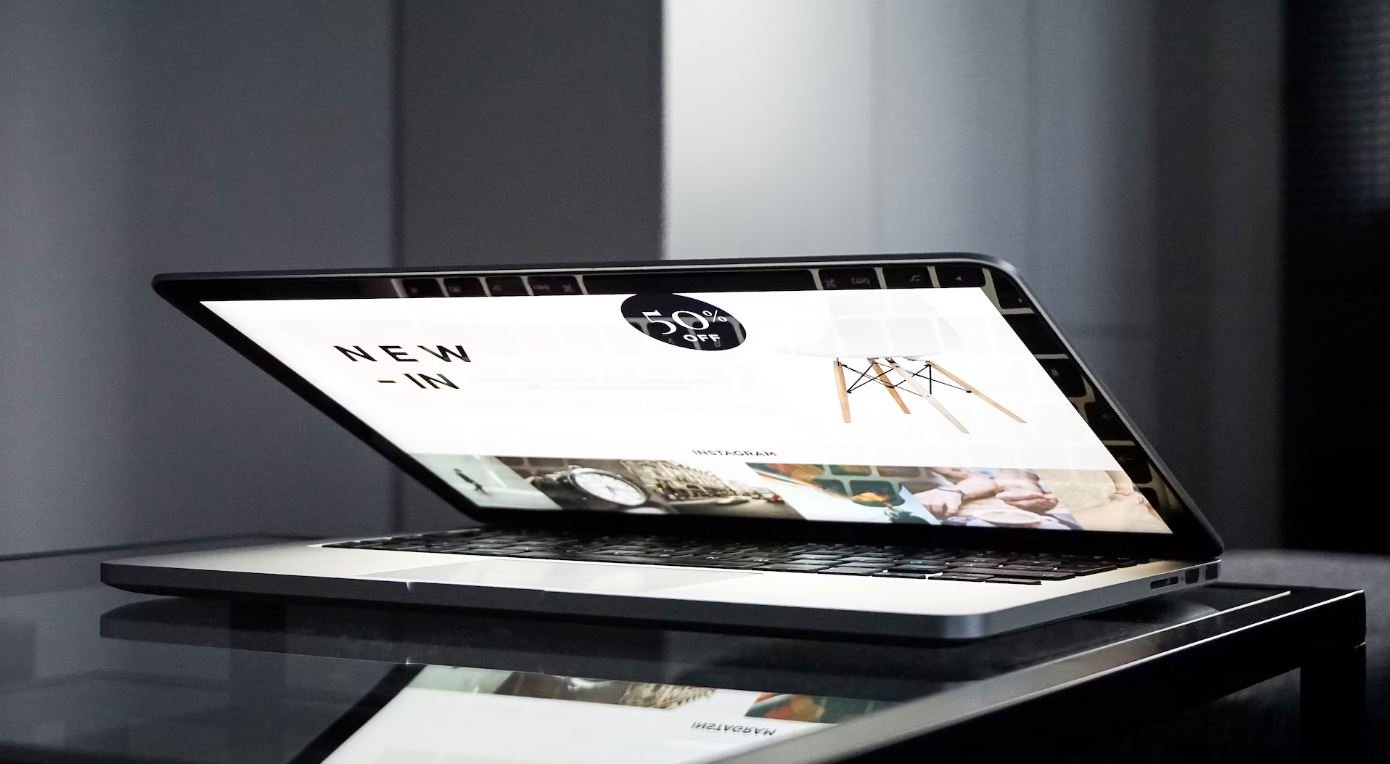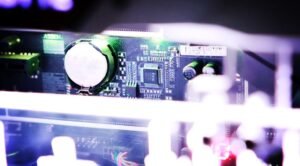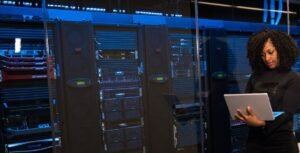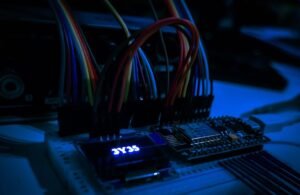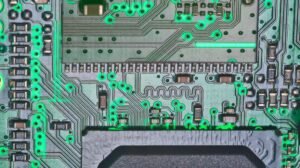AI Tools That Can Generate Images
Artificial Intelligence (AI) is revolutionizing the field of image generation. With advancements in deep learning and computer vision, AI tools are now capable of generating highly realistic images from scratch. These tools have a wide range of applications, from generating artwork and product prototypes to assisting in scientific research and data visualization. In this article, we will explore some of the AI tools that can generate images and their potential uses.
Key Takeaways
- AI tools can generate highly realistic images using deep learning techniques.
- These tools have various applications, including art, product design, and research.
- Image generation AI tools are continually improving and evolving.
The Power of AI Image Generation
Image generation AI tools leverage advanced deep learning models to generate images with remarkable realism and precision. These models learn from vast datasets and can create images that resemble photographs or illustrations. *They can even mimic the style of famous artists, such as Van Gogh or Picasso, producing art that looks strikingly similar to their works.* This technology opens up new creative possibilities and can streamline various industries.
Applications of AI Image Generation
AI image generation tools have immense potential in various fields. Here are some notable applications:
- Art and Design: Artists and designers can use AI tools to experiment with new ideas, generate inspiration, and create unique artworks and illustrations. The tools can help in generating concept art, visual designs, and aesthetically pleasing compositions.
- Product Design and Prototyping: AI image generation is valuable in product design and prototyping, allowing designers to quickly generate visual representations of their concepts. This enables rapid iteration and can enhance the overall product development process.
- Research and Data Visualization: Scientists and researchers can utilize AI image generation to visualize complex data, simulations, and scientific phenomena. The generated images can aid in understanding and presenting research findings in a visually appealing and informative manner.
AI Image Generation Tools: An Overview
Let’s take a look at some popular AI tools for generating images:
| Tool | Features | Applications |
|---|---|---|
| DeepArt | Style transfer, art filters | Art, design |
| RunwayML | Image synthesis, style transfer, interactive interfaces | Art, design, prototyping |
| DALL-E | Create images from textual descriptions | Art, design, research |
These tools represent just a fraction of the many AI image generation tools available today. Each tool offers unique features and capabilities, catering to different user requirements and preferences. *The continuous advancements in AI image generation ensure that we can expect even more innovative tools to emerge in the future.*
Final Thoughts
AI tools capable of generating images have the potential to revolutionize various industries by providing limitless creative possibilities and streamlining processes. Whether used in art, design, or scientific research, AI-powered image generation is reshaping how we visualize and create. *As AI technology continues to progress, we can only anticipate even more astonishing developments in the field of image generation.*

Common Misconceptions
Misconception 1: AI Tools That Can Generate Images are Perfect and Always Accurate
Many people believe that AI tools that generate images are flawless in their results and always produce accurate representations. However, this is a misconception as these tools are not infallible.
- AI tools can sometimes generate images with artifacts or anomalies.
- These tools may struggle with generating realistic textures or fine details.
- Certain complex scenes or scenarios may pose challenges for AI algorithms resulting in distorted or unrealistic images.
Misconception 2: AI Tools That Generate Images are Completely Autonomous
Another common misconception is that AI tools that generate images are entirely autonomous and do not require any human intervention or assistance.
- Human intervention is often required to fine-tune the AI models and train them on specific datasets.
- Human oversight is necessary to ensure that the generated images adhere to ethical guidelines and do not propagate harmful content.
- AI tools need human input and feedback to improve their performance and learn from mistakes.
Misconception 3: AI Tools That Generate Images Can Replace Human Creativity
There is a misconception that AI tools that generate images can completely replace human creativity and artistic skills.
- While AI tools can assist and automate certain aspects of the creative process, they cannot replicate human emotions, experiences, and subjective perspectives that are essential for true artistic expression.
- AI-generated images lack the depth and meaning that can be infused by human creators.
- Human artists bring unique insights, imagination, and originality to their work that cannot be replicated by AI algorithms.
Misconception 4: AI Tools That Generate Images are Always Economically Viable
Some people have the misconception that AI tools that generate images are always economically viable and cost-effective compared to traditional human-intensive methods.
- Training and fine-tuning AI models for generating images can require significant computational resources and time investment.
- AI tools may have licensing or subscription costs, making them more expensive than expected.
- In some cases, the quality of AI-generated images may not meet the standards required for professional use, necessitating additional human intervention or alternative methods.
Misconception 5: AI Tools That Generate Images are Always Ethically Sound
Lastly, it is a misconception to assume that AI tools that generate images are always ethically sound and do not pose any ethical concerns.
- AI algorithms can inadvertently perpetuate biases present in the training data, leading to discriminatory or unfair image generation.
- Privacy concerns may arise if the AI tools use personal or copyrighted images without proper consent or authorization.
- The impact of AI-generated images on the job market and creative industry raises important ethical considerations regarding employment and copyright infringement.
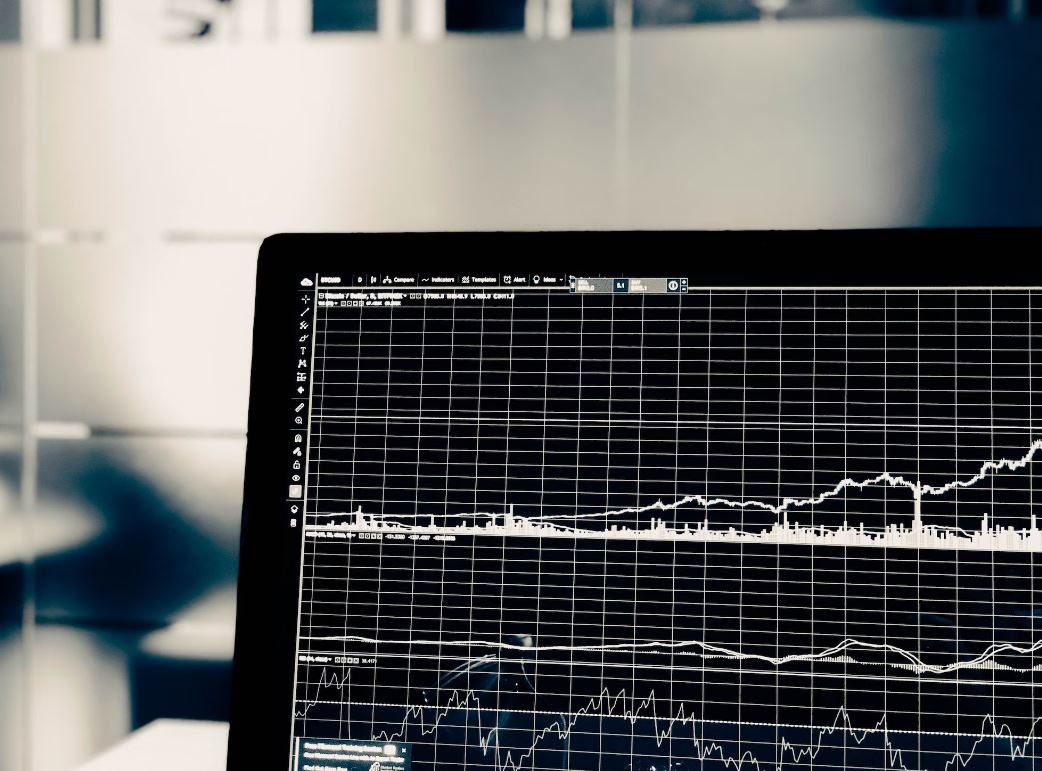
Introduction
In recent years, advancements in artificial intelligence (AI) have led to the development of powerful tools that can generate realistic images. These AI-powered systems employ complex algorithms and models to create images that are indistinguishable from those captured by human photographers. In this article, we explore ten fascinating examples of AI tools that can generate images, showcasing their capabilities and potential impact in various domains.
Aesthetic Architecture
Below, we present an example of an AI-generated image depicting a stunning architectural design. The AI algorithm used in this tool has been trained on a vast collection of architectural blueprints and designs. As a result, it can generate impressive images that blend aesthetics with practicality, inspiring architects and designers worldwide.
 |
Surreal Scenery
Explore the surrealist side of AI-generated images with this breathtaking depiction of an alternate reality. The AI algorithm behind this tool can combine various elements such as landscapes, objects, and textures to create vibrant and imaginative scenes. It opens up new possibilities for artists and storytellers to visualize extraordinary worlds.
 |
Wildlife Wonders
Witness the beauty of nature through the lens of AI-generated images. This tool utilizes deep learning models to generate visually stunning depictions of wildlife. From majestic elephants to elusive snow leopards, these images capture the essence of various animal species, offering a glimpse into the wonders of the animal kingdom.
 |
Historical Heritage
Travel back in time with AI-generated images that restore and revive historical landmarks and artifacts. Leveraging machine learning techniques, this tool can analyze faded photographs, sketches, and historical documents to reconstruct accurate representations of significant cultural heritage sites, ensuring their preservation for future generations.
 |
Futuristic Fashion
Step into the realm of fashion innovation through AI-generated designs. This tool employs generative adversarial networks (GANs) to create avant-garde clothing concepts that push the boundaries of imagination. From cutting-edge fabrics to unusual silhouettes, these designs offer a glimpse into the future of fashion.
 |
Cinematic Stills
Unleash your inner filmmaker with AI-generated cinematic stills. Powered by deep neural networks, this tool can analyze movie scenes and generate captivating frames that encapsulate the essence of the film. From intense action sequences to emotionally charged moments, these stills evoke the spirit of the movies they represent.
 |
Abstract Artistry
Discover a world of abstract expression through AI-generated artwork. This tool leverages machine learning algorithms to create unique and thought-provoking compositions. By exploring the boundaries of shape, color, and texture, these artworks challenge traditional aesthetics and expand our understanding of artistic creativity.
 |
Botanical Beauties
Immerse yourself in the enchanting realm of AI-generated botanical images. Whether it’s vibrant flowers, lush forests, or intricate patterns found in nature, this tool can produce highly detailed and realistic depictions. It enables botanists, gardeners, and nature enthusiasts to appreciate the beauty of plants and ecosystems.
 |
Food Fantasies
Indulge in the allure of AI-generated culinary creations. This tool employs neural networks to generate mouthwatering food images that look almost good enough to eat. From delectable desserts to savory dishes, these images inspire chefs, food bloggers, and restaurateurs to explore innovative culinary experiences.
 |
Musical Masterpieces
Experience the harmonious intersection of AI and music through the generation of album covers. This tool analyzes music genres, lyrics, and visual styles to create eye-catching album artwork that captures the essence of an artist’s sound. It introduces a new dimension of creativity for musicians and music enthusiasts alike.
 |
Conclusion
The evolution of AI tools that can generate images has revolutionized various industries and artistic pursuits. From transforming the way we design architecture to reimagining historical landmarks, these tools have immense potential. As they continue to advance, AI-generated images will inspire creativity, challenge conventional artistic norms, and provide unique perspectives on our world.
AI Tools That Can Generate Images – Frequently Asked Questions
Question:
What are AI tools that can generate images?
Answer: AI tools that can generate images are software programs that use artificial intelligence algorithms to create new images or modify existing images.
Question:
How do AI tools generate images?
Answer: AI tools generate images by analyzing patterns and features in a dataset of existing images. They use this knowledge to create new images or modify existing ones based on the learned patterns.
Question:
What are the applications of AI-generated images?
Answer: AI-generated images have various applications in fields such as graphic design, advertising, video games, virtual reality, and art. They can be used to create visually appealing content, simulate realistic environments, and generate artwork.
Question:
Can AI-generated images be used in commercial projects?
Answer: Yes, AI-generated images can be used in commercial projects, but it is important to consider any copyright or licensing restrictions on the training data or the specific tools being used.
Question:
Are AI-generated images as good as those created by human artists?
Answer: AI-generated images can be impressive, but they may lack the creativity and artistic understanding that human artists possess. However, AI tools are constantly improving, and they can assist human artists in various creative processes.
Question:
What are some popular AI tools for image generation?
Answer: Some popular AI tools for image generation include DeepArt, DALL·E, DeepDream, and StyleGAN. These tools offer different features and capabilities for creating AI-generated images.
Question:
Are there any ethical implications of using AI-generated images?
Answer: Yes, the use of AI-generated images raises ethical concerns related to copyright, intellectual property, and potential misuse. It is important to consider the legal and ethical implications when using such images.
Question:
Can AI tools generate images based on specific criteria or styles?
Answer: Yes, many AI tools allow users to provide specific criteria or styles as input to generate images. For example, some tools can generate images in the style of famous artists or based on specific keywords or concepts.
Question:
What are some limitations of AI-generated images?
Answer: Some limitations of AI-generated images include quality inconsistencies, potential biases in training data, and the inability to understand contextual nuances. Additionally, AI tools may require large amounts of computational power and time to generate high-quality images.
Question:
Are AI-generated images considered art?
Answer: The artistic value of AI-generated images is subjective and can vary depending on individual perspectives. While some may consider them as art, there are ongoing discussions and debates regarding the role of AI in artistic creation.

